Dog Eye Allergies: How to treat Itchy, Watery Eyes

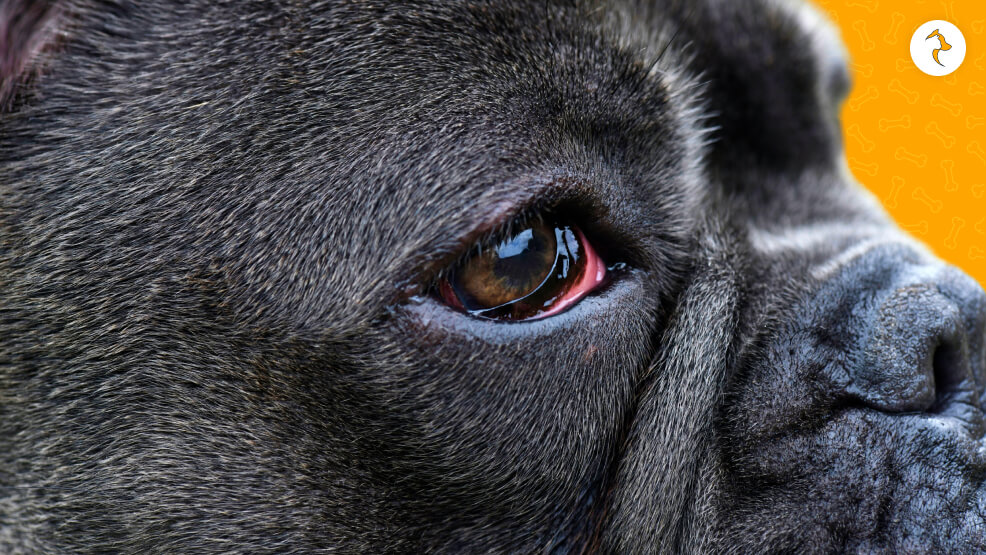
Just like humans, dogs can be allergic to seeing eye to eye. If your dog is coming home with watery eyes, redness, or unusual discharge, it might be more than a temporary irritant.
Allergies come in environmental, seasonal, or food allergies — and the eyes are usually one of the very first areas where they will express themselves.
In this comprehensive guide, we’ll explore the causes, symptoms, types of eye discharge, treatment options, and how to safely administer eye drops to your dog.
Why Is My Dog’s Eyes Watering?
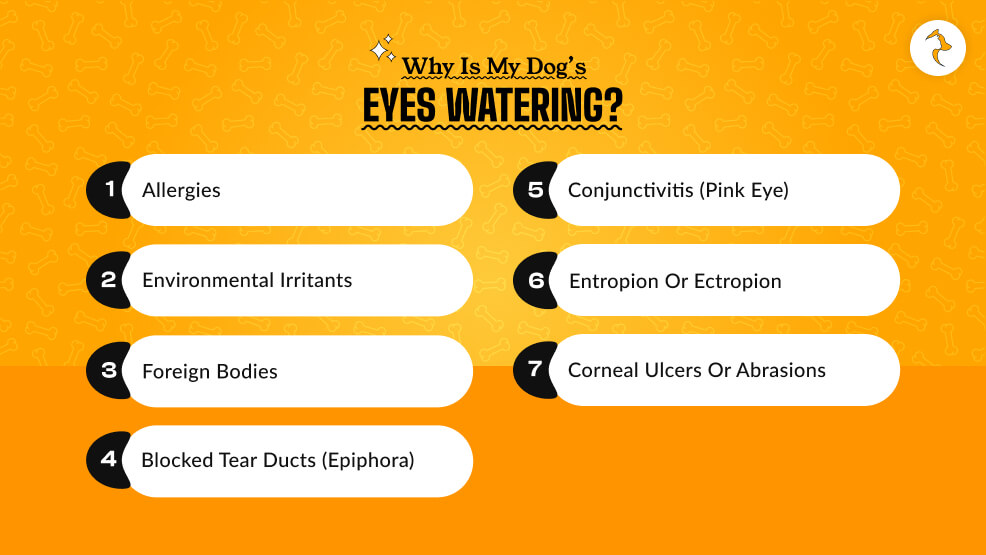
Watery eyes in dogs can be caused by several things — not just allergies. Pinpointing the cause helps ensure your dog receives the proper treatment.
Common reasons for watery eyes:
- Allergies: Pollen, mold, dust mites, dander, or food.
- Environmental irritants: Perfume, cleansers, shampoo, dust, or wind.
- Foreign bodies: A speck of dirt, a piece of grass seed, or other foreign substance enters the eye.
- Blocked tear ducts (epiphora): The tear is unable to drain and spills from the eyes.
- Conjunctivitis (pink eye): Red mucous membrane in the eye from an allergen or infection.
- Entropion or ectropion: Lid issue where lids roll in or out and are annoying.
- Corneal ulcers or abrasions: Laceration resulting from corneal injury or abrasions.
**Tip: If there are persistent signs, worsening for months, or with change in behavior or loss of appetite, it is always best to see your vet.**
What Dog Eye Discharge Means
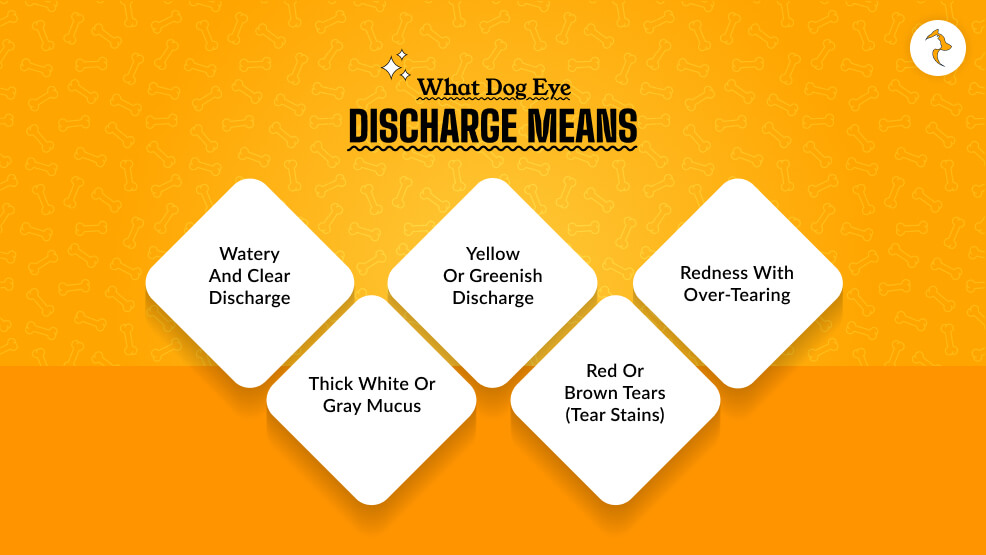
Knowing what type of eye discharge your dog has will inform you what is bothering your pet.
1. Watery and Clear Discharge
- Cause: Mild transient allergy, wind, dust, or small transient irritations.
- Action: Observe your dog. If the condition is transient and not red or painful, it will resolve by itself.
- Worry if: Watering persists for several days or is excessive.
2. Thick White or Gray Mucus
- Cause: Most likely dry eye (Keratoconjunctivitis Sicca), where tear production is low.
- Action: Needs vet inspection and treatment with tear-stimulating medication.
- Other symptoms: Squinting, corneal dullness, or chronic infection.
3. Yellow or Greenish Discharge
- Means: Bacterial or viral eye infection.
- Action: Needs immediate vet care. Antibiotic or antiviral eye drops can be given.
- Warning: Infections, if left untreated, can cause blindness or corneal damage.
4. Red or Brown Tears (Tear Stains)
- Signals: Generally a cosmetic problem, particularly in white-coated breeds such as Poodles or Shih Tzus.
- Cause: Oxidized excess tears.
- Action: Wash affected area using tear-stain wipes or pads; see vet if chronic.
5. Redness with Over-Tearing
- Signals: Unusual allergic response or conjunctivitis.
- Action: Whenever your dog licks at his eyes or the whites of his eyes become red, be sure your vet prescribes the proper medication to him.
When Is Allergy Eye Drops Necessary for Your Dog?
You don’t always need eye drops on first watering. However, consider allergy-specific eye drops if:
- There is persistent red and itchy eyes in your dog.
- The condition is seasonal (spring or autumn).
- Watery or clear discharge but not infectious.
- Allergic conjunctivitis as recommended by your veterinarian.
- Your dog continues to rub his face on the furniture or scratch his eyes.
**Don’t use human eye drops without consulting your veterinarian.**
Some ingredients (e.g., naphazoline or tetrahydrozoline) are toxic to pets.
What Are the Best Allergy Eye Drops for Dogs?
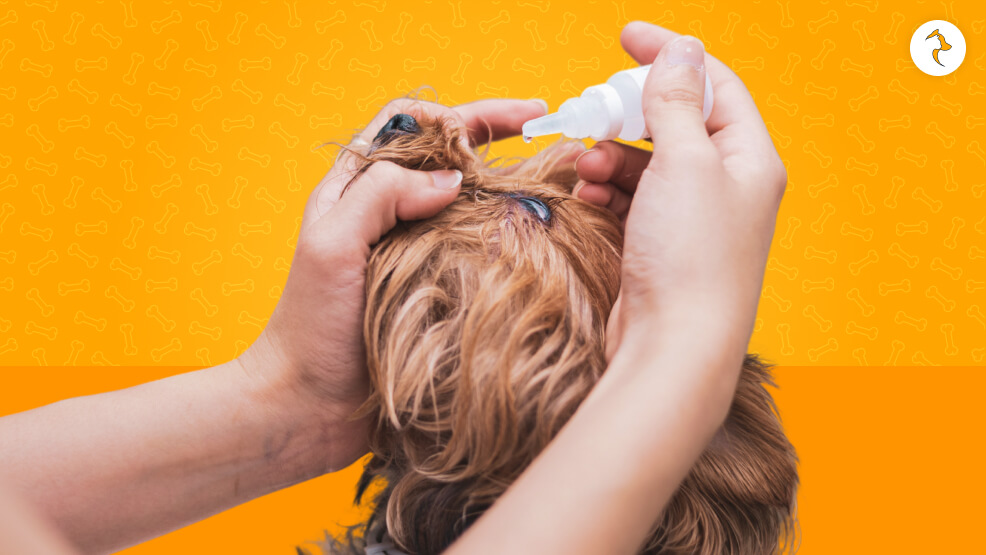
Eye drops can calm inflammation, itchiness, and irritation — but use the right kind. Here’s the lowdown on the most effective kinds:
1. Antihistamine Eye Drops for Dogs
- Function: Prevents release of histamines in case of allergy.
- Best suited for: Mild allergies caused by season or environment.
- Ingredients: Pheniramine, Naphazoline
- Examples:
- Vetericyn Plus Antimicrobial Eye Wash (mild, over-the-counter)
- Zaditor (ketotifen fumarate) — only under vet care
2. Antihistamine + Mast Cell Stabilizer Drops
- Function: Prevents release of histamine and inflammation.
- Best for: Mild or existing occurrence of allergy.
- Ingredients: Olopatadine, Ketotifen
- Examples:
- Prescription ketotifen drops (prescribed by compounding pharmacies)
- Pataday (olopatadine hydrochloride) — prescribed off-label, usually
3. Anti-Inflammatory or Steroid Eye Drops
- Purpose: Reduces inflammation and swelling in severe cases.
- Best for: Autoimmune disease, severe allergy.
- Ingredients: Prednisolone, Dexamethasone
- Examples:
- Neomycin/Polymyxin B/Dexamethasone
- Pred Forte (prednisolone acetate) — prescription only
**Warning: Steroids will worsen infection, never use except as directed. following confirmed diagnosis.**
Natural and Non-Medicated Solutions
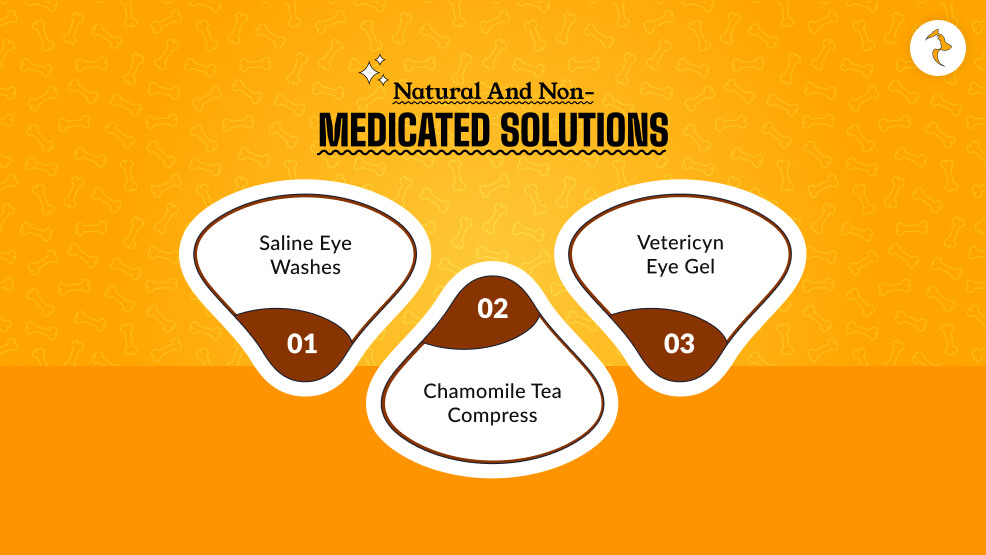
If you’re on the holistic journey or just something for the pesky little ones:
- Saline eye washes: Rinse out allergens or debris.
- Chamomile tea compress: Soothes irritating eyes (use cooled, unsweetened tea only).
- Vetericyn Eye Gel: Chemical-free eye gel to hydrate and shield without chemicals.
Giving Your Dog Eye Drops
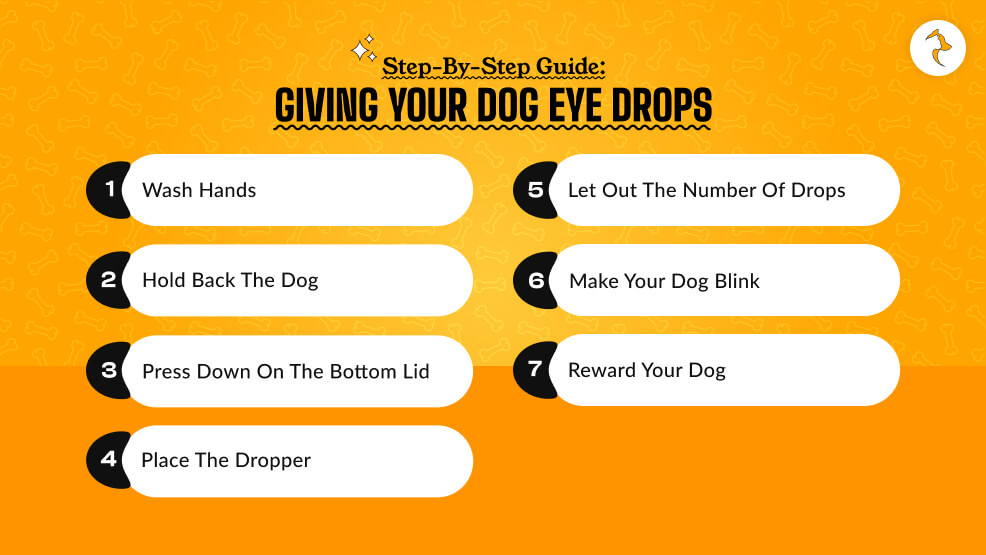
It is not always simple to administer eye drops to a dog, particularly if the dog is restless or nervous. Do the following steps to safe and effective use:
Step-by-step guide:
- Wash hands in soap and water.
- Hold back the dog — have a friend assist in holding them back, or wrap them gently in a towel.
- Press down on the bottom lid and hold back the head slightly.
- Place the dropper against but not on the eye.
- Let out the number of drops target on the label into the crease of the lower lid of the eye.
- Make your dog blink naturally — this expels the drug out.
- Reward your dog for cooperation with praise and rewards.
**Tip: Keep the tip of the dropper always sterile. Never let it come in contact with your dog’s eye or fur.**
How Long Do Dog Eye Drops Take to Work?
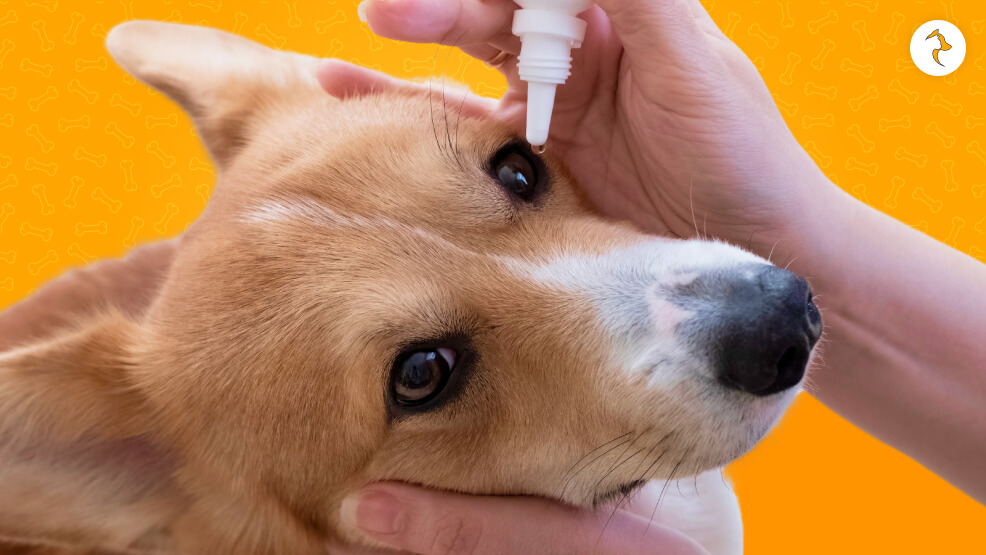
To know the how long it takes for a dog eyer allergies drop to start working then you are at the right place.
Response time varies by type:
- Antihistamines: Relief from itching within 30 minutes to 1 hour
- Mast cell stabilizers: Improvement in a few days
- Steroids: Refilled after 24–48 hours
- Antibiotics (infection): Improvement will typically begin in 48–72 hours
Follow your vet’s advice regarding length and frequency. Don’t taper too early even if your dog improves.
Home Care Tips for Dog Allergies near the Eyes
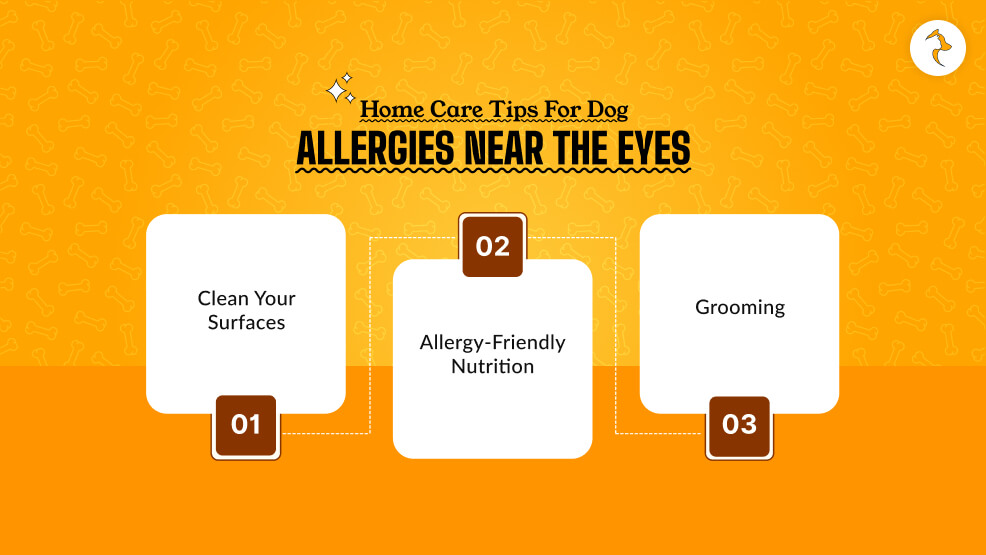
Here are a few tips on how you can take care of your dog eye allergies at home.
1. Clean Your Surfaces
- HEPA filters and air purifiers.
- Wash, dry, and dust or pollen-proof bedding, rugs, and curtains frequently.
- Hypoallergenic dog baths daily.
2. Allergy-Friendly Nutrition
- Food allergy may be behind some of the eye allergies.
- Feed limited-ingredient or hypoallergenic dog food.
3. Grooming
- Trim eyelashes to avoid irritating eyes.
- Soothe away tears with pet wipes.
When to Visit the Vet at Once
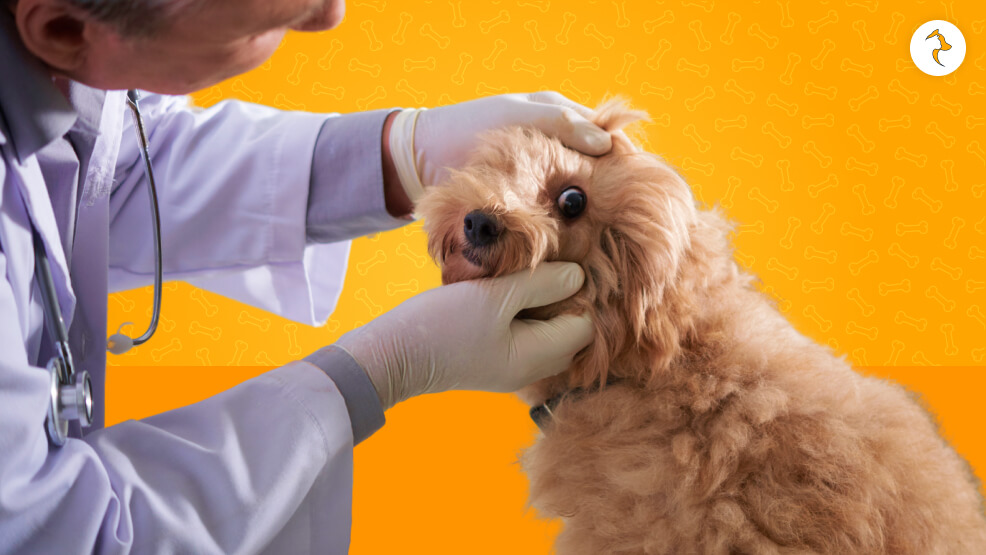
- Green or yellow thick mucus
- Eyelid swelling
- Squinting or inability to close eye
- Refers to trauma or bleeding
- Refusal after 3–5 days of therapy
- Change in mood, sleepiness, or refusing food
Dog Eye Allergies Relief Is Possible
If spotted at an initial stage, eye allergy of the dog is avoidable. Learning the allergy indications, picking up the suitable nature of the drops, and implementing them is potentially a major comfort to the life of the pet and overall well-being.
No matter what the seasonal or chronic issue, your vet can assist you in creating an action plan for your pet. A regular eye checkup, clean living space, and patience, and your dog can ride the world bright and comfortable.




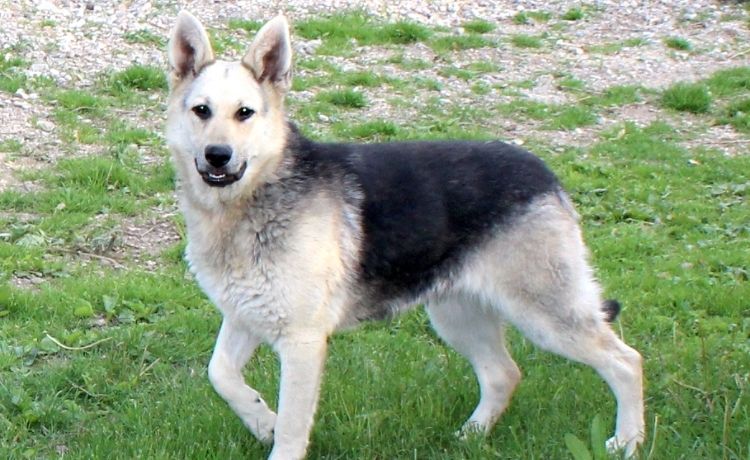

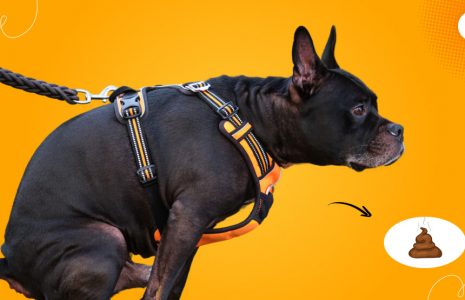

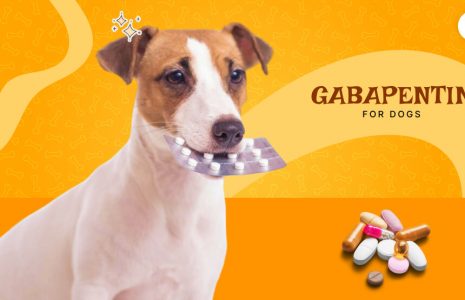
Leave A Comment